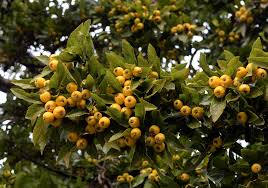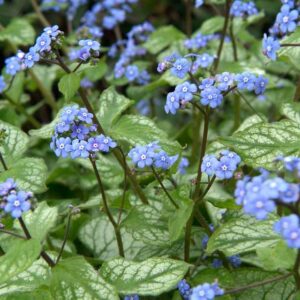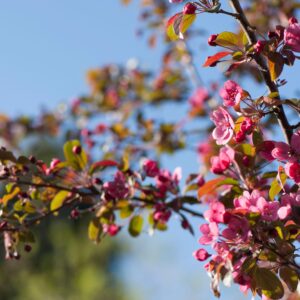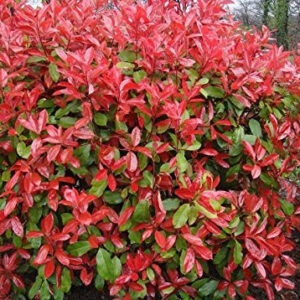Crataegus ‘stipulacea’ specimen multistem
£400.00
Frequently Bought Together
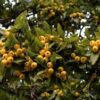


Description
Crataegus mexicana ‘stipulacea’, often referred to as Mexican hawthorn, is a versatile and visually appealing tree. In this multistem form it brings a sculptural element to gardens and urban green spaces, making it an excellent focal point or complementary feature in mixed plantings. The tree is particularly valued for its resilience and the seasonal interest it provides. In spring, it bursts with clusters of fragrant white blossoms that attract pollinators, creating a vibrant and lively display. By summer, the tree develops dense, glossy foliage that provides ample shade, while in autumn, it produces bright red to orange fruit (known as “tejocotes”) that are both ornamental and edible. These fruits, cherished in culinary traditions, add a touch of warmth to the landscape as the leaves transition to golden and bronze hues. During winter, the bare, textured branches create an intricate silhouette, offering year-round visual interest.
Mexican hawthorn is widely used for hedging, screening, or as a specimen tree in gardens. Its fruits are popular for making jams, jellies, and traditional beverages, while also serving as a food source for wildlife. Caring for Crataegus mexicana ‘stipulacea’ involves planting it in well-drained soil with access to full sun or partial shade. Regular watering is required during establishment, but once mature, it is drought-tolerant and low-maintenance. Pruning can be done in late winter or early spring to maintain its shape and remove any dead or crossing branches.
Additional information
| Pot Size |
|---|

